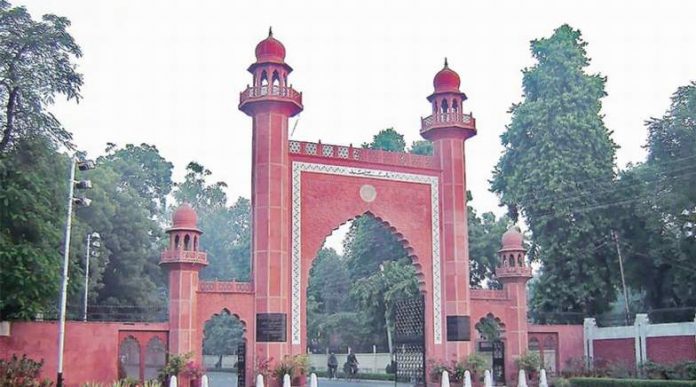By Tariq Hasan for TwoCircles.net
At a time when history is being freely twisted and tampered with by ruling saffron groups to promote a divisive narrative of India’s past, historians and writers at the AMU are using the ongoing bicentenary celebrations of the birth of its founder Sir Syed Ahmad Khan to showcase India’s rich pluralistic tradition. A number of works by scholars have been released during the past one week.
Dr Rahat Abrar’s Hindi book ‘Sir Syed Ahmad Khan Aur Bharatiya Nav Jagran’ seeks to highlight Sir Syed’s close interaction with the pioneering giants of Indian nationalism and Hindu renaissance. Abrar, whose book was released by former President of India, Mr Pranab Mukerji earlier last week, says there is concrete evidence to show that there was a free and frank exchange of views between Sir Syed and those votaries of Hindu nationalism and revivalism including those with whom he had differences. Abrar, the director of Urdu Academy, AMU told this writer, “My research has highlighted some hitherto forgotten facts especially Sir Syed’s close association with the likes of Keshav Chandra Sen, Swami Dayanand Saraswati, Lala Lajpat Rai, Bhartendu Harish Chandra and of course Raja Ram Mohan Roy and Surendranath Bannerji. These documents suggest that at the end of the 19th century when the seeds of India’s ultimate partition were being sown rival protagonists and lost no opportunity to reach out to each other and exchange views in a civilized manner. This large-heartedness was displayed by the founding fathers of BHU and AMU towards each other.”
Abrar said that there is also ample evidence to prove that while on one hand prominent Muslims like Sir Agha Khan, President of the foundation committee of the AMU, and the Nizam of Hyderabad gave huge donations for the establishment of the Banaras Hindu University, on the other hand prominent Hindus like the Raja of Darbhanga Rameshwar Singh, Raja Shambhu Narain of Banaras, Raja Shiv Prashad and the Maharaja of Vizianagaram, made hefty donations for the establishment of AMU. The Raja of Darbhanga who is among the founding fathers of BHU not only donated money but actively supported the movement for the establishment of the AMU which came into being in 1920.
These historical facts could perhaps serve as a lesson to those who are trying to promote their own brand of nationalism by digging up the past and then deliberately distorting evidence to sharpen social fissures.In today’s time no nation or society if it relentlessly seeks to uncover skeletons real and imaginary with the sole objective of spreading discord and hatred between different sections of its own people. Germany under Hitler attempted to do so and the end result is a black chapter in the history of the modern world.
[The author is a veteran journalist based out of Aligarh.]

